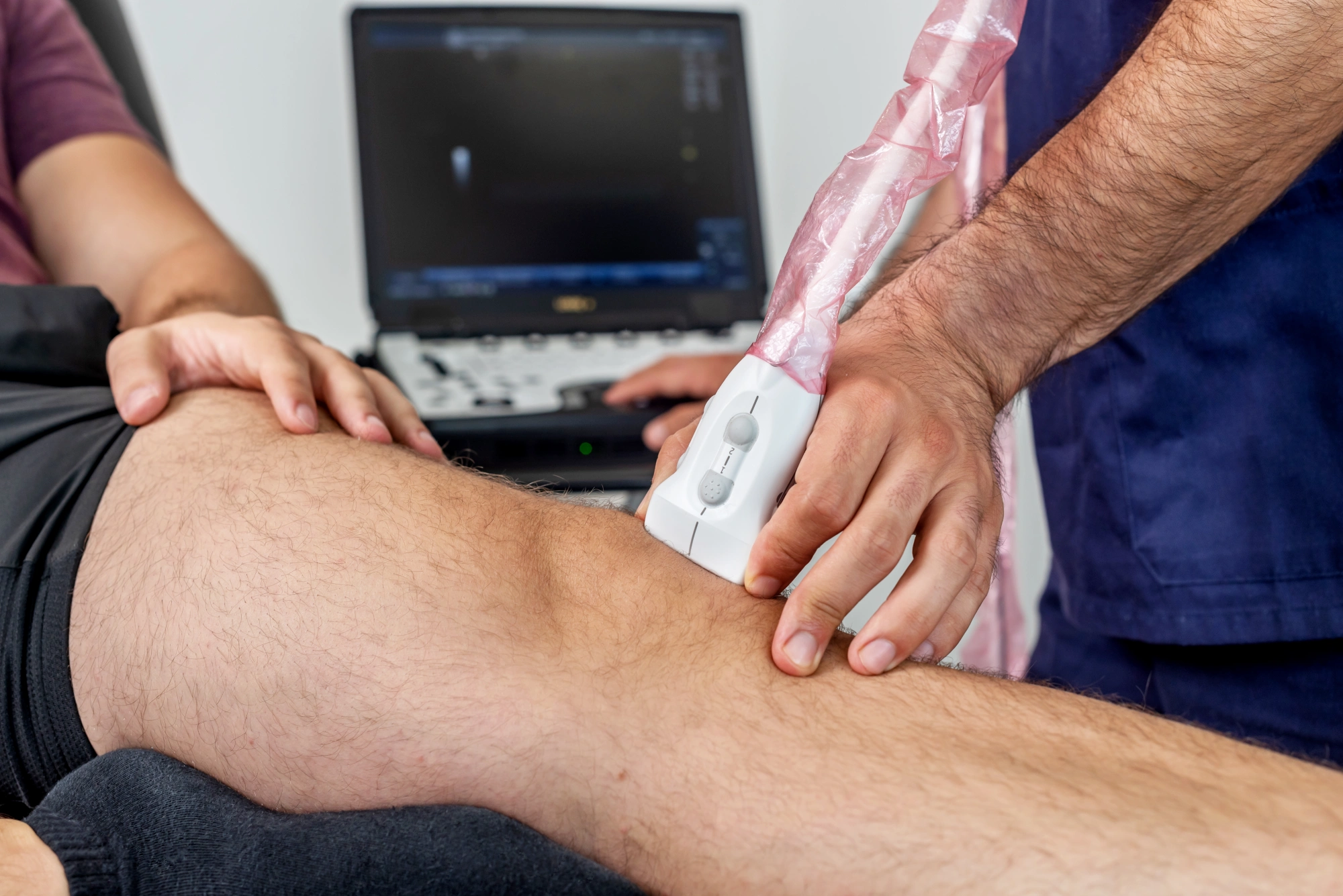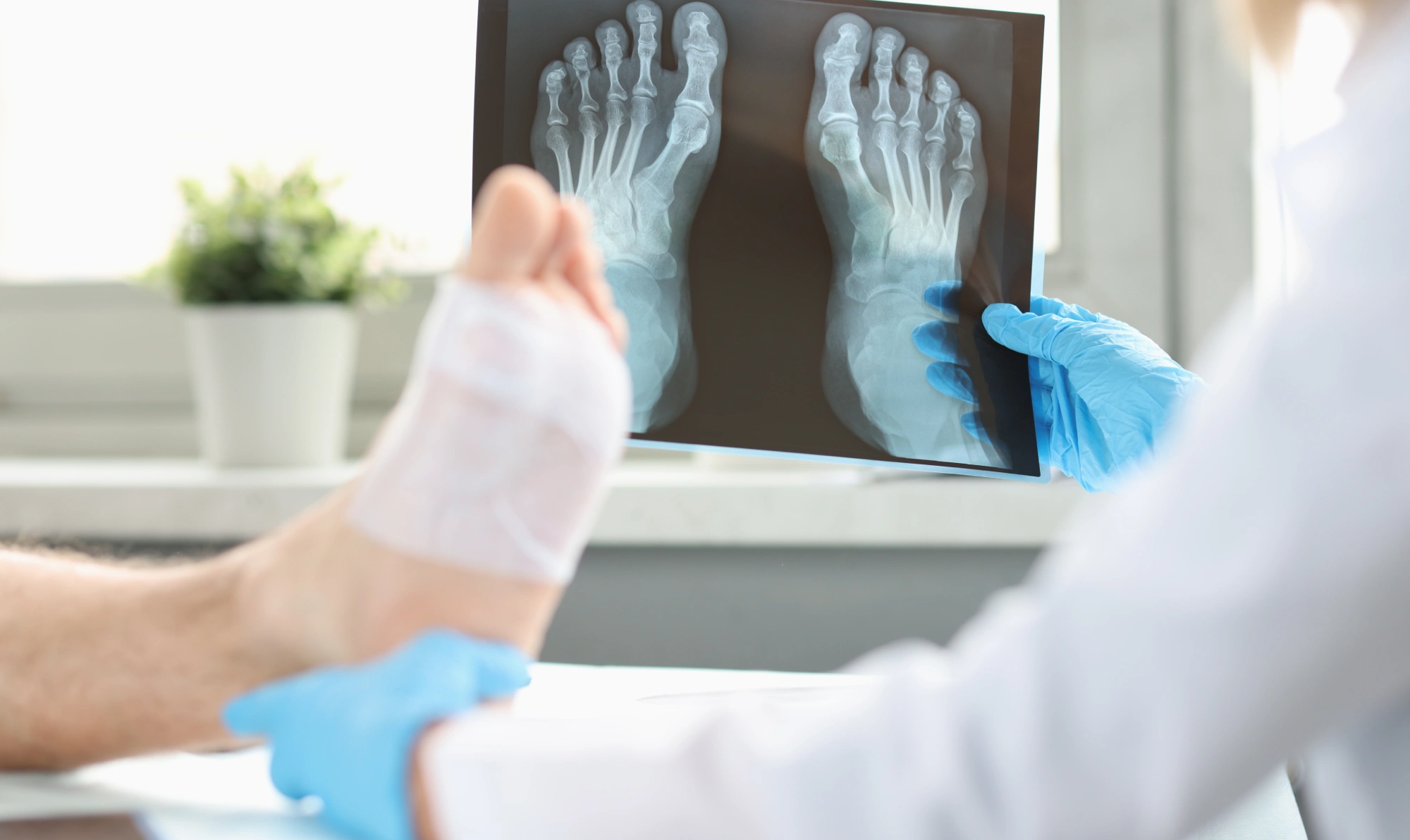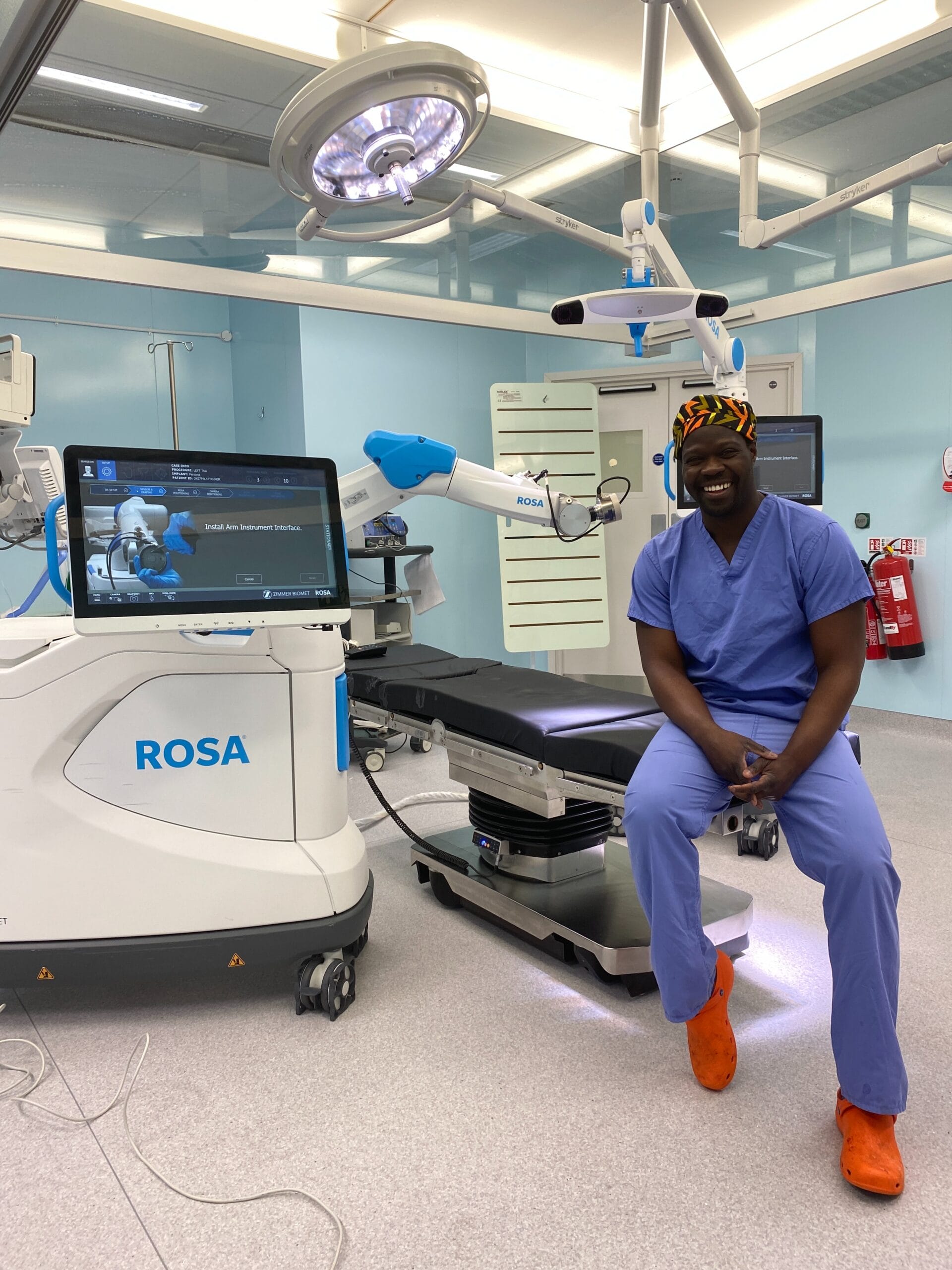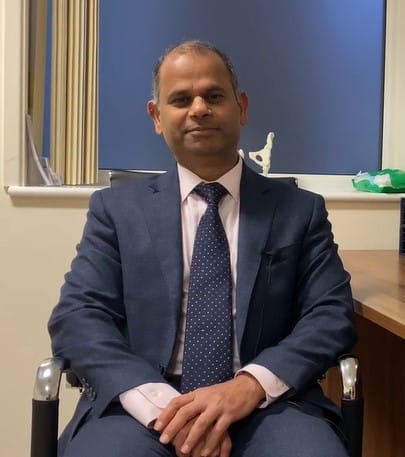Accurate diagnosis is essential to getting the right treatment for your health problem.
We have a range of different diagnostic services available at The Horder Centre for insured, NHS and self-pay patients.
Types of diagnostic services at The Horder Centre
The three main tools used for our diagnostic services at The Horder Centre are magnetic resonance imaging (MRI) scans, ultrasounds and X-rays.
These tried and tested tools are the foundation of accurate diagnostic testing.
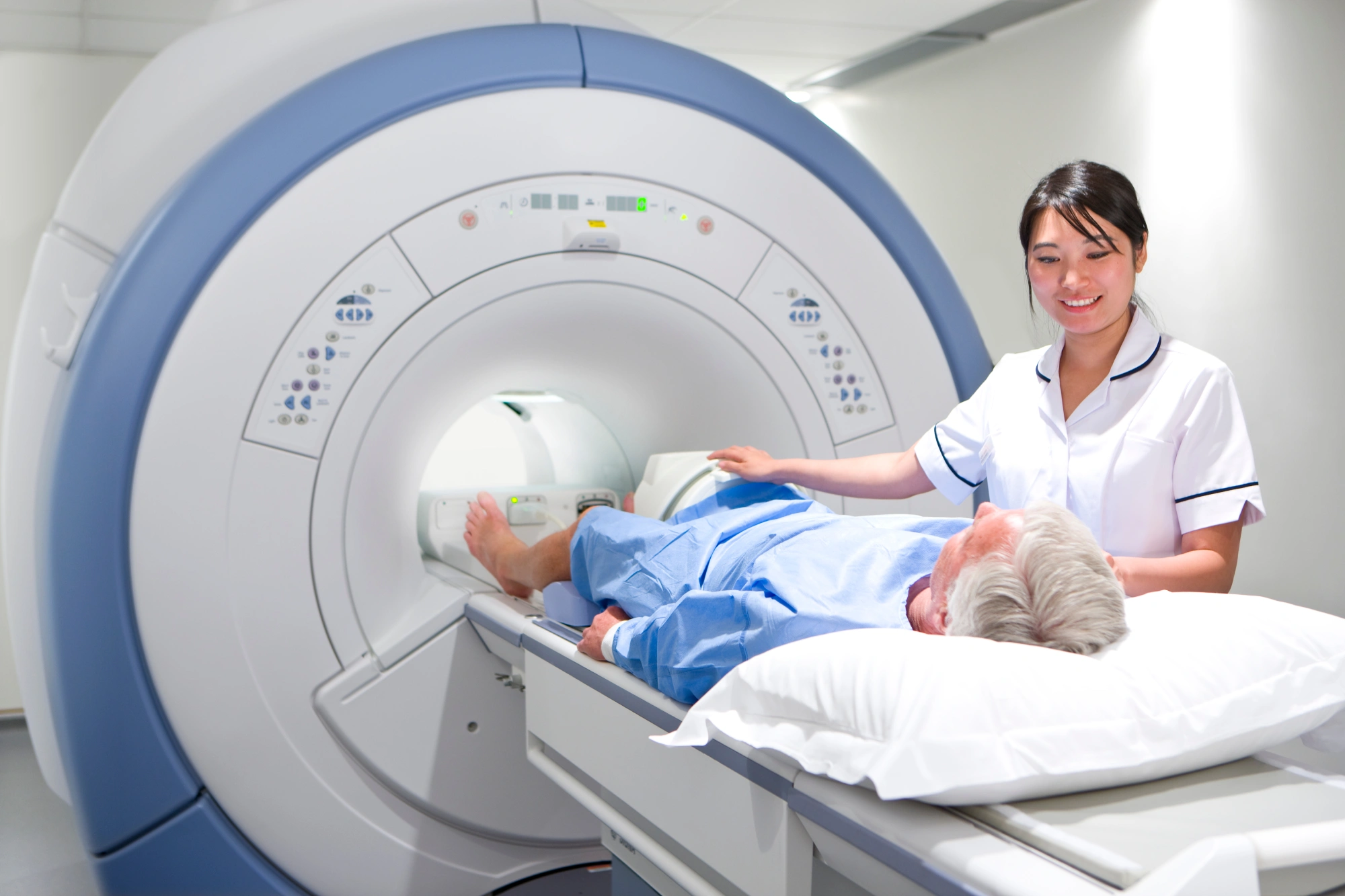
Contact The Horder Centre
At The Horder Centre, our highly skilled team use all three of these accurate diagnostic tools, depending on what we’re looking for, to make sure you receive the best treatment for your condition.
If you’re concerned about your health and want to use our diagnostic services, contact us today. We’ll help you get to the bottom of your health problems and let you know which treatment is right for you.
What makes Horder Healthcare unique
Horder Healthcare is committed to providing the very best quality of care for our patients and customers. We are continuously working on improving and reducing risks and this is reflected in our consistently high CQC results, patient satisfaction questionnaires and minimal levels of infection.
We are a charity
We reinvest our profit to benefit more people and help us achieve our aim of advancing health.




